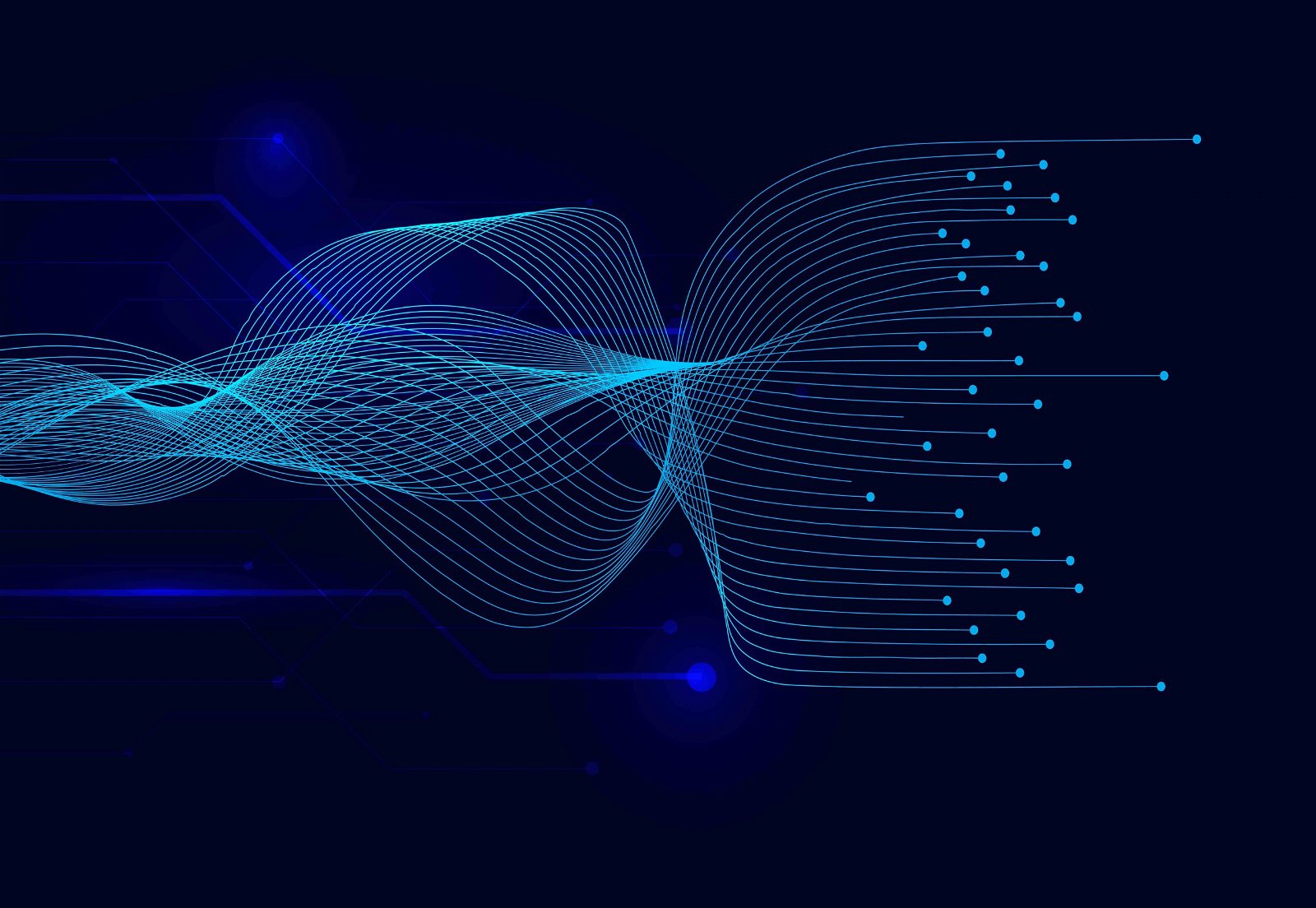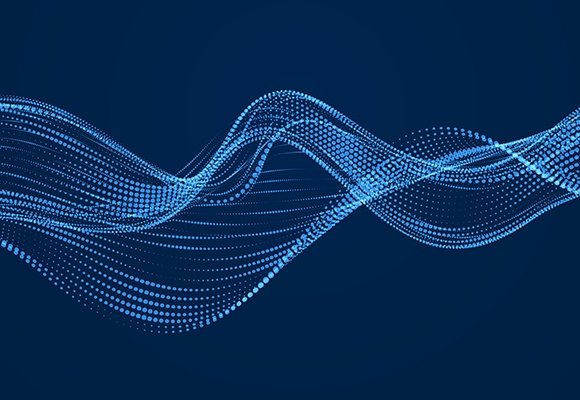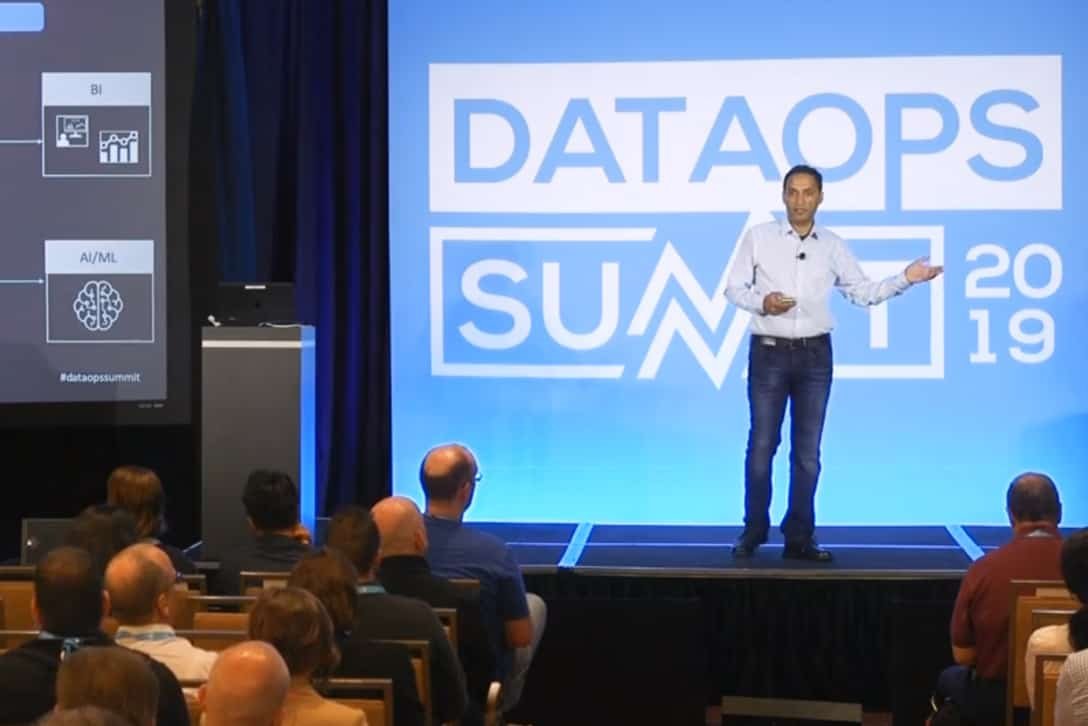What Is Data Drift?
Unexpected and undocumented changes to data structure, semantics, and infrastructure
Data Drift Defined
The explosion of data sources and rapid innovation in advanced analytics, data science, AI, and machine learning has fundamentally changed the scale and pace of data integration. The added pressure to make decisions quickly in unprecedented times means that your organization is more dependent on fresh, reliable data than ever before.
Data drift is unexpected and undocumented changes to data structure, semantics, and infrastructure that is a result of modern data architectures. Data drift breaks processes and corrupts data, but can also reveal new opportunities for data use.
A modern approach to data integration helps you accelerate your digital transformation and manage uncertainty by enabling you to harness data drift instead of fighting against it.
Data Drift Is...
Accelerating Data Transformation with DataOps
The vast majority of business logic that drives the modern enterprise resides in the integration of 1000s of tiny, specialized applications across multiple platforms. These integrations have become the most vulnerable points in modern business operation. Yet, traditional data integration processes and platforms ignore the simple fact that modern data semantics and structures change, frequently.
The practice of DataOps assumes change is constant. By architecting for change, you not only manage data drift, you can begin to harness its power, enabling you to respond to change and adapt to new business conditions and innovations with speed and agility.
Accelerating Digital Transformation through DataOps
Arvind Prabhakar, CTO (StreamSets)33:107 Ways to Handle Data Drift and Embrace Change
1. Reduce dependency on custom code
When custom coded pipelines break, your first challenge is finding the problem, then you have to find someone to fix it. Smart data pipelines built using code-free tools alert you to change and can be maintained by anyone on your team. When needed, custom code should be packaged for reuse and porting between pipelines.
2. Minimize schema specification
Take an intent-driven approach to developing and building pipelines. By specifying conditions for and transformations on fields for analysis your dataflows are more reliable, robust, and easier to diagnose.


3. Require fully instrumented pipelines
End-to-end instrumentation of streaming data gives you a window into performance as you contend with change. By design, pipelines should capture details of the entire architecture while minimizing operational overhead.
4. Decouple data pipelines from infrastructure
Large lockstep upgrades have been replaced by ongoing, periodic changes to components. Data integration that avoids tight coupling between systems generates pipelines that are more resilient to change and future proof your design work.
5. Build data pipelines for intent instead of semantics
Monitoring data for patterns as it flows through your infrastructure gives you insight into changes in meaning. You can catch errors before they pollute downstream analysis, prevent sharing of sensitive data, and even unlock new opportunities for data use.
6. Assume multiple platforms
With data stored in different environments, you will need an architecture for workload portability. Your data integration system should provide visibility across cloud platforms, and enable you to operate and synchronize across the environment effectively.

7. Keep your focus on what matters
Smart data pipelines detect and handle changes in schema, semantics, and infrastructure drift. They automatically adjust to small changes, send alerts based on rules, and highlight emerging design. A decoupled architecture like StreamSets abstracts away the “how” of implementation, so you can focus on the “what” of your data. Instead of fighting data drift, you can embrace change.
How StreamSets Helps You Handle Data Drift

Easily Set Alerts for Schema Change
Need to know when a column disappears from a source or destination? Set up email and webhook rules and alerts to notify you when changes happen. No more surprises.
Automate Column and Table Creation
How many pipelines does it take to manage data lakes and data warehouses? Just one! Automatically create new columns and tables in both Snowflake and Databricks Delta Lake from a single pipeline.
Ready to Get Started?
Complete a request and one of our solutions experts will contact you.
